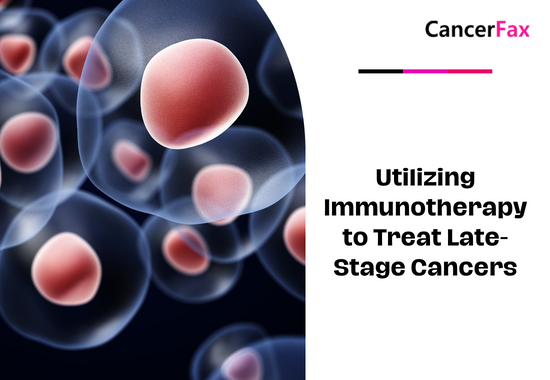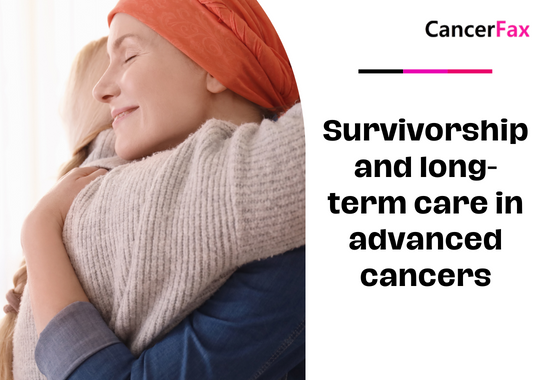Breast cancer & chemotherapy
Among the many cancers, breast cancer is probably the most difficult to decide whether to undergo chemotherapy after surgery. Similar to other cancers, the factors that determine breast cancer chemotherapy are (age, tumor size, metastasis of lymph nodes and other organs (so-called TNM, staging), ER, PR, CerbB-2, Ki-67, P53, etc.). If the results of the analysis are obviously sideways, it is easier to make a decision about whether to administer chemotherapy. But in many cases, the result of the analysis is exactly in the middle “gray zone” (I don’t exaggerate, there are many examples of middle zone), which will cause the situation of uncertainty. We often say: Second opinion (listen to the opinions of several doctors), but have you ever thought about it, even if you ask 10 doctors, the answer you get is likely to be: 5 say chemotherapy, 5 say no ( Still two opinions), isn’t it annoying.
After you have breast cancer, it’s important to make a decision about whether to get chemotherapy. If patients who do not need chemotherapy receive unnecessary chemotherapy, it will not only waste time and money, but also endure the various side effects of chemotherapy (nausea, vomiting, hair loss, bone marrow suppression, infection, bleeding, etc.). Patients who originally needed chemotherapy miss the chance of chemotherapy, which increases the risk of recurrence.
What to do ?
One test has been recommended by the American ASCO (American Clinical Oncology Association). It’s called oncotype DX. This test uses a simple molecular biology method to analyze the above-mentioned factors on a patient’s breast cancer pathological section, and then gives a “Recurrent Score” (RS). Patients with high RS need chemotherapy, and those with low RS do not need chemotherapy. RS in the middle requires further analysis (though most patients with RS in the middle zone do not benefit much from chemotherapy).
In the United States, this test is very common for breast cancer treatment, because the decision whether to need chemotherapy is directly related to your treatment effect. It is estimated that 225,000 new breast cancer cases occur each year in the United States, and 94,500 are estrogen receptor positive and are considered candidates for chemotherapy. The cost of chemotherapy per patient is about $ 15,000, and the cost of a single oncotype DX test is $ 4,000. Therefore, if all patients with low risk scores do not receive chemotherapy, the US will save 300 million annually $ 30.8 million.
Dr. Joseph Ragaz of the University of British Columbia in Vancouver and colleagues analyzed tumor samples from 196,967 estrogen receptor-positive breast cancer patients from the database of Genomic Health, the parent company that developed the test, and found that oncotype DX The proportion of patients with positive axillary lymph nodes (59%) with a 10-year recurrence risk score below 18 was greater than that of patients with negative lymph nodes (54%).
These data indicate that oncotype DX testing should be performed on all estrogen receptor-positive breast cancer patients, ethically and economically, regardless of their axillary lymph node status. However, this test can only be applied for testing in hospitals in the United States, Japan and other regions. For details, please visit the Global Oncologist Network.
NCCN recommends genetic testing for breast cancer: ncotype DX
The 20th National Comprehensive Cancer Network (NCCN) Annual Conference was held from March 12 to 14, 2015 in Hollywood, Florida, USA. According to news released at the meeting, the NCCN only signed a genome test for early breast cancer. Yimaitong reported this.
Amy Cyr of the Siteman Cancer Center at the University of Washington, speaking at the conference, said that oncotype DX, which was developed by Genomic Health, won this honor.
This test has two functions. In addition to providing prognostic information, the trial also has predictive effects on treatment outcomes; it can actually predict patients’ response to chemotherapy.
In short, Oncotype DX is a dual tool for prognosis and prediction.
Amy Cyr said his ability to predict treatment response was “something that has made it stand out so far.” She added that other molecular tests for breast cancer, including MammaPrint, Prosigna, EndoPredict, and Cancer Index, did not show evidence of both capabilities.
o ncotype DX is suitable for hormone receptor positive postmenopausal women with breast cancer (also suitable for HER2 negative, pT1, PT2, or pT3 and pN0 or pN1).
Dr Cyr said the testing market is expanding as more women are diagnosed with early breast cancer, an indication for the product, by breast screening.
Dr. Cyr said that molecular expression profiling is “one of the most exciting achievements” in medical oncology, and multiple tests for breast cancer have brought more data.
“Oncotype DX testing is a very useful tool,” said Michael Stone at the Glealey Clinic at the University of Colorado at the conference, which predicts the risk of local or metastatic recurrence. “Many of my patients are glad they may not need chemotherapy.”
Dr. Stone explained that chemotherapy is generally not recommended for patients with a low recurrence score, but it is recommended for patients with a high recurrence score. However, the recurrence score is a gray area. He said he recommends chemotherapy based primarily on the patient’s age and health. Chemotherapy is generally recommended for younger, healthy postmenopausal patients with intermediate relapse scores. Dr Cyr admits that it is difficult to know whether women with intermediate relapse scores should receive chemotherapy.
Cyr emphasized that although oncotype DX is only suitable for lymph node negative patients, it also appears to be useful for lymph node positive patients.
She cited the TransATAC study, which targeted women with postmenopausal breast cancer treated with anastrozole or tamoxifen (J Clin Oncol. 2010; 28: 1829-1834). Oncotype DX was used to analyze the tumor tissue of the patients, and the recurrences of lymph node negative and lymph node positive patients were calculated respectively.
Dr. Cyr said that “the recurrence score can be used as a predictor of long-term outcome in both groups of patients.” It is worth noting that it has the same predictive value for patients with 3 or fewer lymph node positives and 4 or more lymph node positives.

